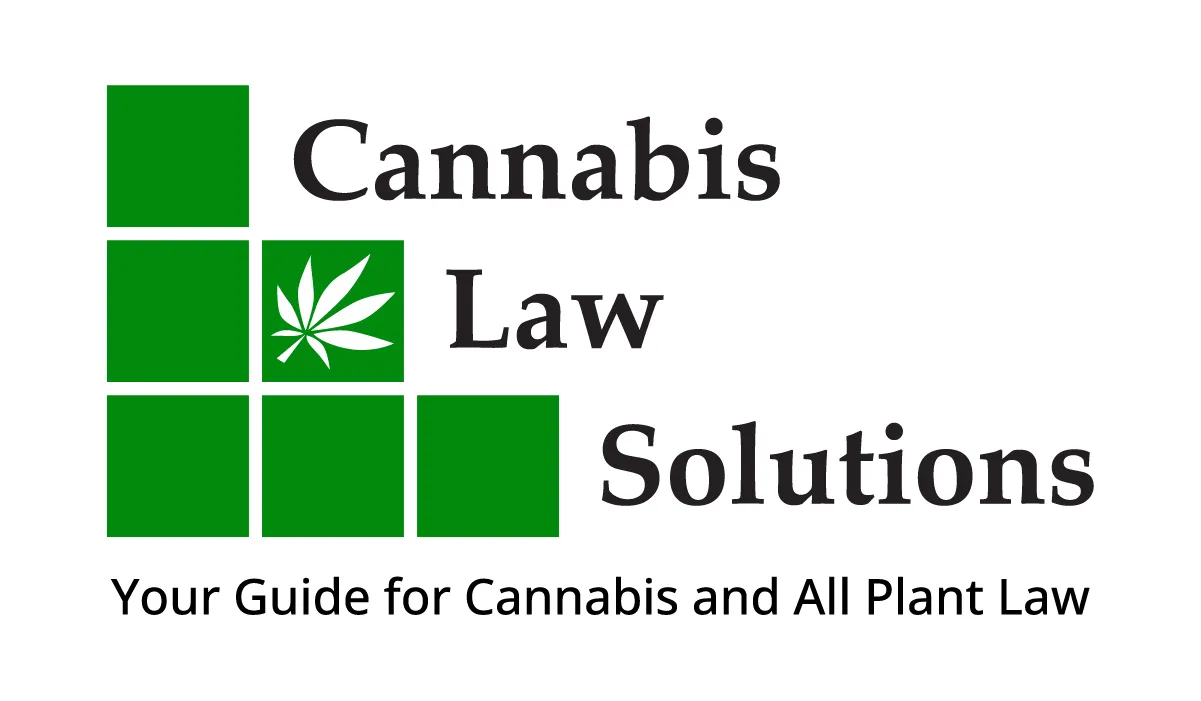By: Judith Cassel
The December 3, 2017 announcement of CVS’s decision to buy Aetna, brings to mind the most overlooked professional in the medical marijuana industry – the pharmacist. Often, in the medical marijuana industry, the focus is on physicians who must recommend the medicine in order for patients to receive it at a dispensary. But such a limited focus ignores the essential role of pharmacists in the process. Just like at a CVS or Rite-Aid, the pharmacist is on the critical front line of insuring that the right dosages, forms, and amounts of medicines are received by the patients. However, many states overlook this critical role and do so at their own peril.
There are three states that require a pharmacist to dispense medical marijuana at a dispensary: Minnesota, Connecticut, and New York. There are other states like Pennsylvania that give the dispensary a choice of having either a full-time physician or pharmacist at the main dispensary with physician assistants or certified nurse practitioners for satellite dispensaries.[1] There are some states like Ohio who designate the state’s Pharmacy Board to oversee the dispensary operations. In most states, including Pennsylvania both physicians and pharmacists need to attend a course prior to being authorized to recommend or administer medical marijuana.
In Pennsylvania and other states, pharmacists are encouraged to be part of the research activity on medical marijuana. Pennsylvania has set up “Healthcare Medical Marijuana Organizations” which are “vertically integrated healthcare systems” designed to facilitate research studies and have a pharmaceutical care component. Because it is still illegal under federal law, Pennsylvania has incorporated protections for pharmacists who choose to work with medical marijuana. Under Pennsylvania law, pharmacists are protected from “discipline, prosecution, or penalty when legally dispensing medical marijuana.”[2]
Pharmacists offer a unique prospective in the administration of medical marijuana that physicians may lack. Pharmacists are very familiar with the security procedures and protocols that need to be in place in order to prevent diversion of an array of potent drugs. Pharmacists live in an atmosphere where leaving a cabinet door unlocked or failing to check-in a cashier can lead to devastating effects. Pharmacists create and implement specific procedures to accept frequent deliveries of various forms of pharmaceuticals. Pharmacists are the last defense to protect patients from negative interaction between medicines. This is not to say that physicians do not play a critical role in the provision of medical marijuana, it is just to point out that a medical marijuana dispensary may be more akin to a pharmacy than a doctor’s office.
In recent years the lines between physician and pharmacist are being blurred. The CVS/Aetna transaction highlights the fact that pharmacies are taking a larger and larger part in what was traditionally considered doctor’s office activities. Pharmacies now offer various immunizations and tests that were historically done in doctors’ offices or testing laboratories. For now, the federal prohibition on medical marijuana will prevent the large pharmacy chains from entering the market. But as for the individual pharmacists, dispensing cannabis medicine to patients seems like a natural fit.
[1] 35 P.S. § 10231.801
[2] Id. at § 10231.2103
 717-703-0804
717-703-0804